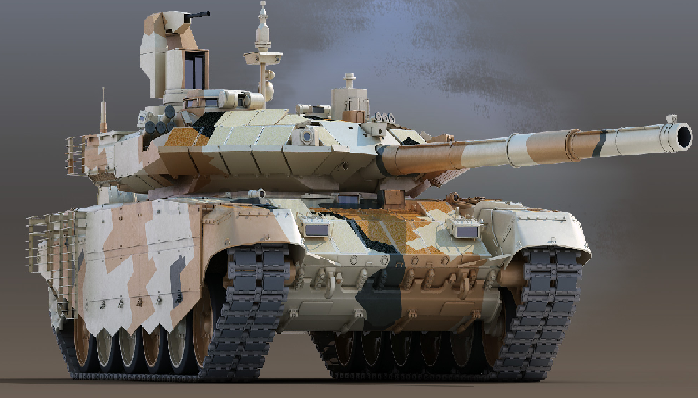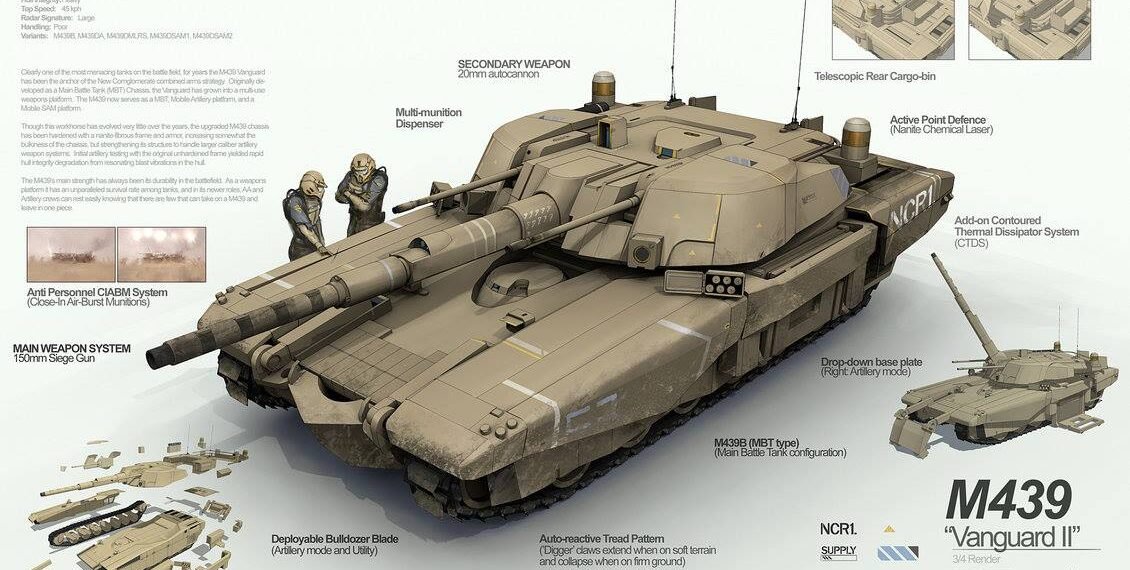The Indian Army is embarking on a significant initiative with plans to issue a Request for Proposal (RFP) this year for a project estimated at Rs 57,000 crore. This project aims to produce 1,770 Future Ready Combat Vehicles (FRCVs) within the country, intending to phase out the aging Russian-origin T-72 tanks from 2030 onwards.
These FRCVs are poised to revolutionize the Indian Army’s capabilities as they will incorporate cutting-edge technologies. These advancements include artificial intelligence (AI), drone integration, active protection systems, and enhanced situational awareness. Additionally, they will feature manned-unmanned teaming capability and seamless integration into network-centric warfare environments.

Indian Army’s Plan with FRCV
The induction of FRCVs will be executed in three phases, with each phase integrating newer technologies to ensure maximum survivability, lethality, and agility on the battlefield.
Recent reports suggest that the extensive destruction of Russian tanks in the ongoing war with Ukraine primarily stemmed from tactical shortcomings rather than inherent weaknesses in tank warfare. These deficiencies encompass inadequate logistics support and a lack of integrated operational tactics involving infantry, artillery, electronic warfare, and air support. The success of tanks in warfare necessitates a combination of mobility, firepower, and armoured protection.
Also Read – TATA-Airbus Collaboration Begins Manufacturing of C-295 Aircraft for Indian Air Force
Indian Army’s New Tanks
In addition to the FRCV project, the Indian Army is actively pursuing other procurement and upgrade initiatives. Among them is the induction of the first batch of 118 indigenous Arjun Mark-1A tanks this year. These tanks boast various upgrades to enhance firepower, mobility, endurance, and protection.

Furthermore, the Army is gearing up to deploy 354 indigenous light tanks tailored for high-altitude warfare under Project Zorawar. These specialized tanks, designed to excel in mountainous terrain, will complement existing tank capabilities, particularly in regions like eastern Ladakh.
Simultaneously, several upgrade projects are underway to bolster the operational capabilities of existing tank fleets. This includes the installation of 1000-horsepower engines in T-72 tanks, advanced thermal sights, fire detection systems, and other enhancements.
The Indian Army’s strategic focus on modernizing its armor capabilities underscores its commitment to maintaining a robust defense posture and safeguarding the nation’s interests across diverse terrain and operational scenarios.













